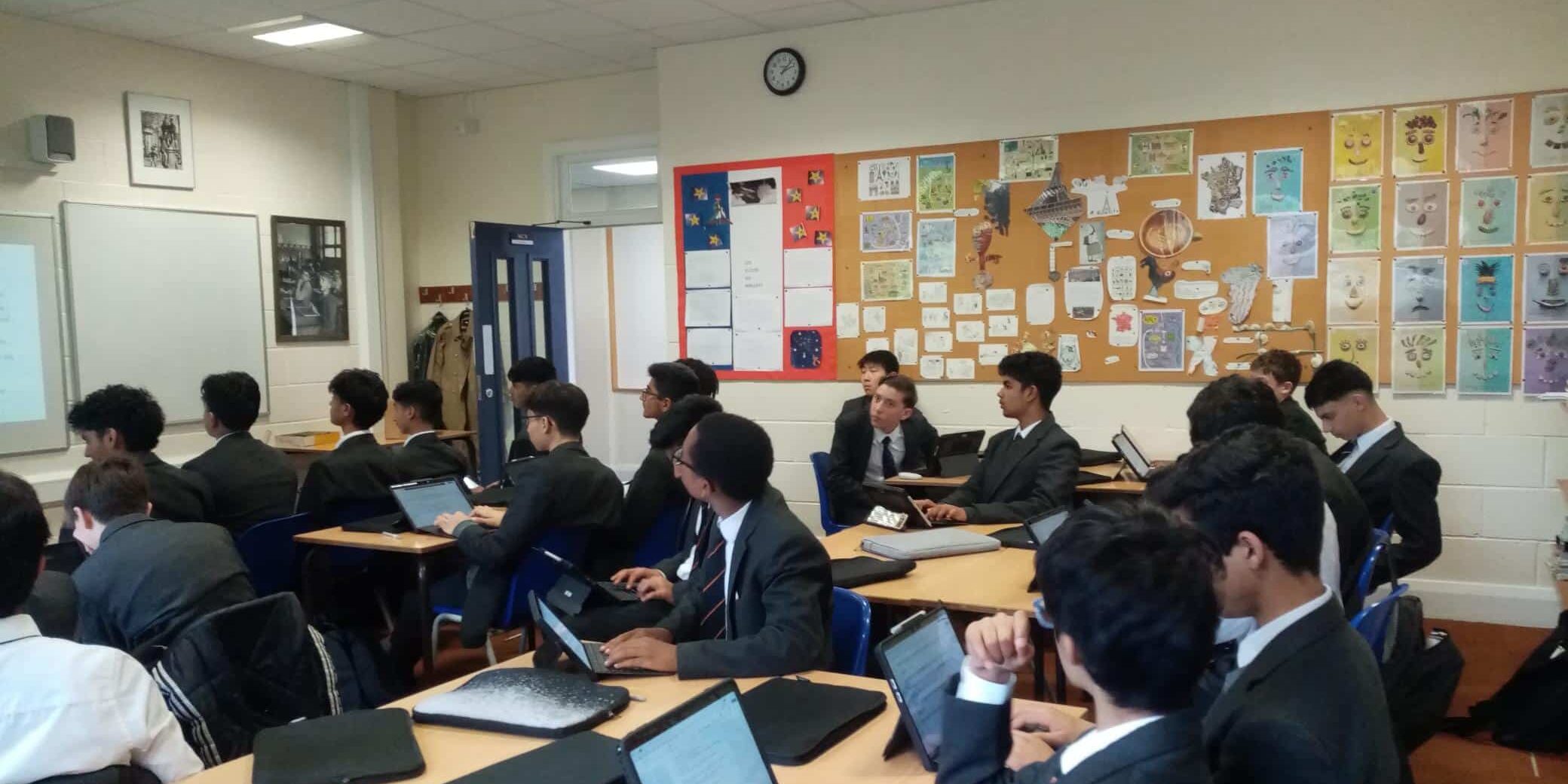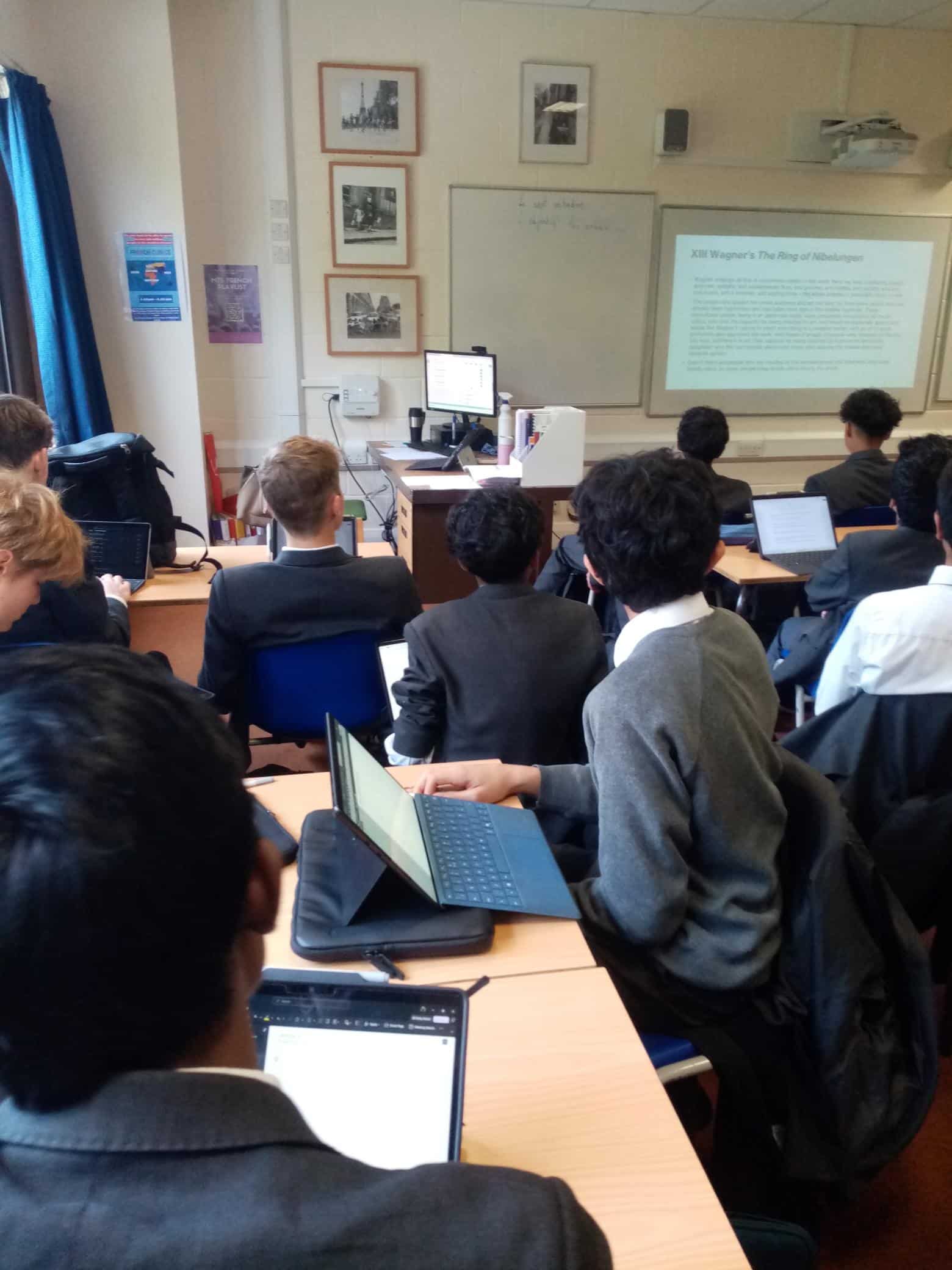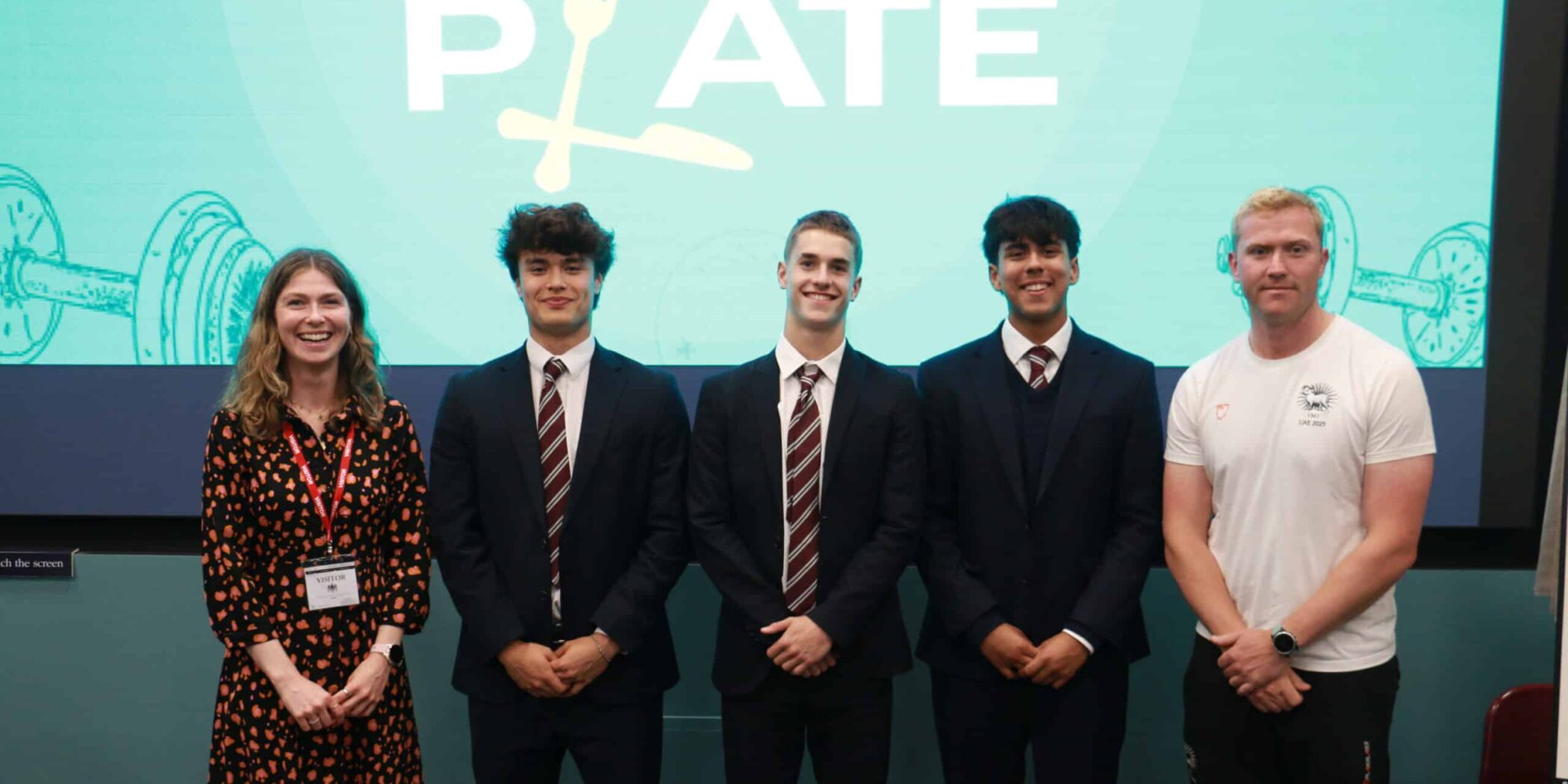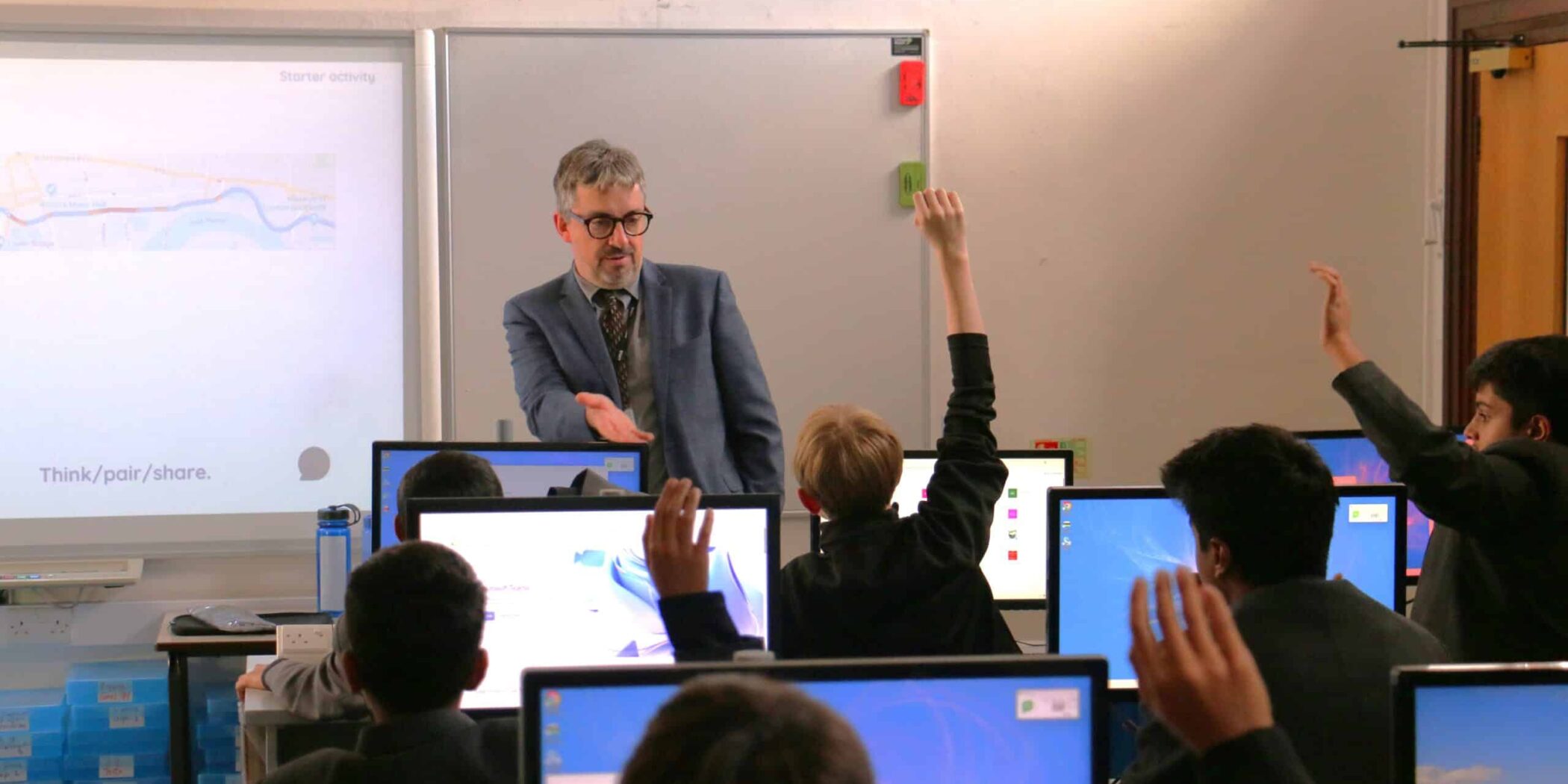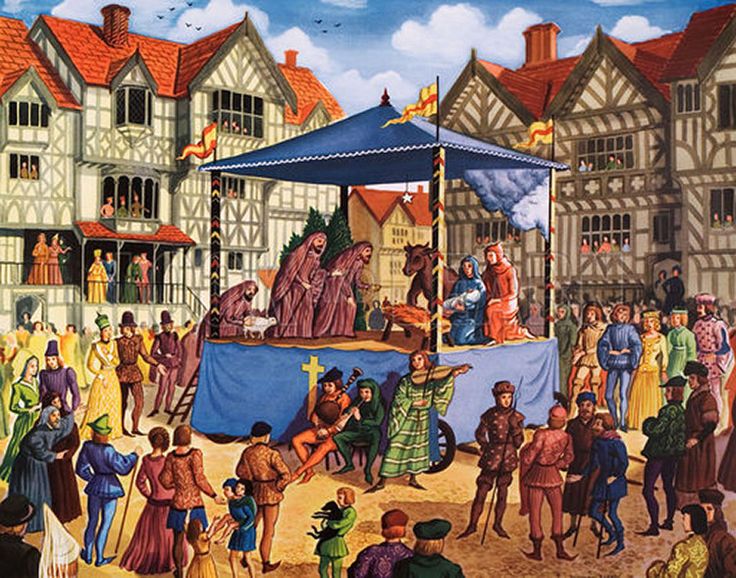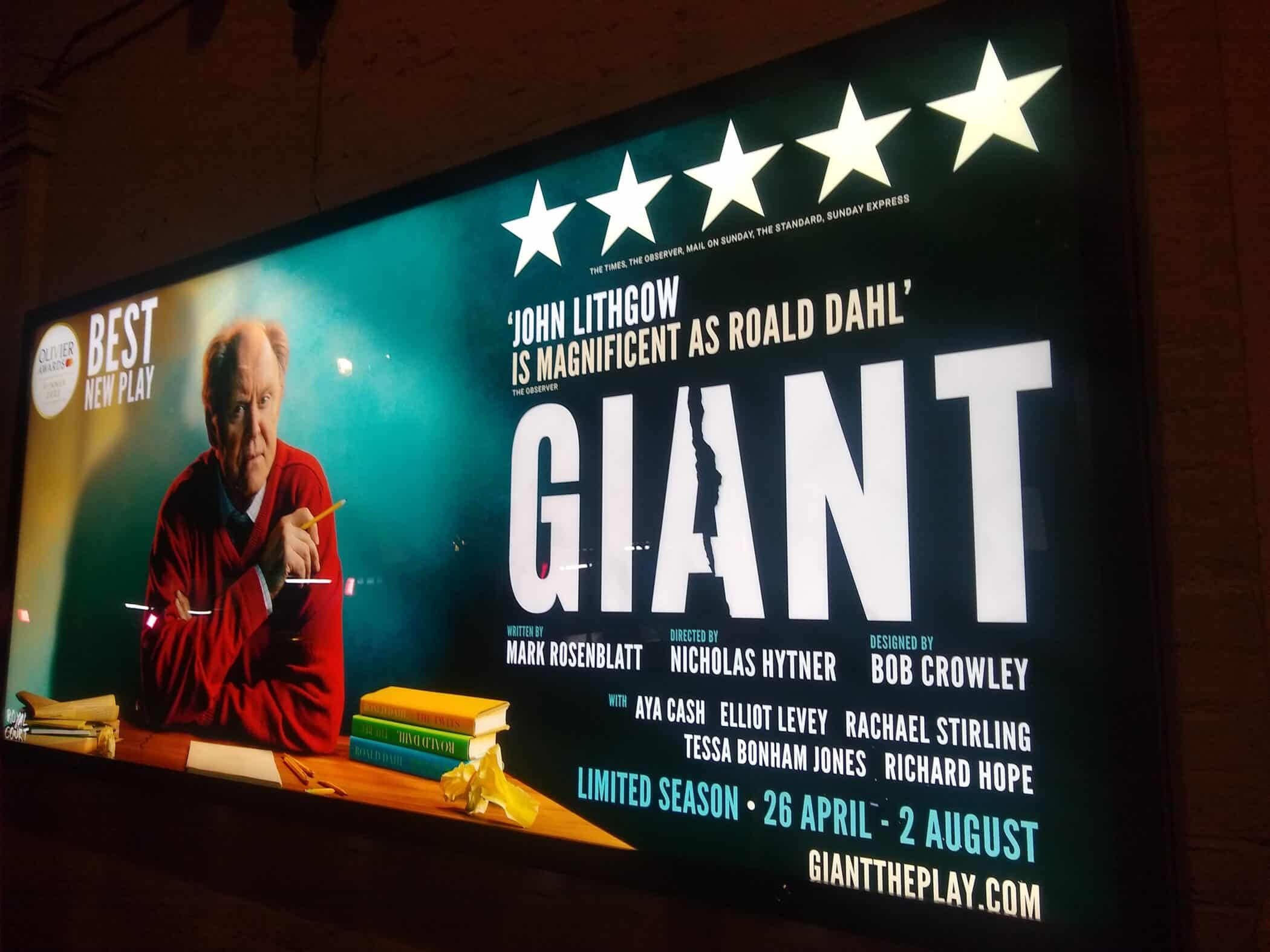Kevin Z. (Divs)
This term, the Division Scholars have been taking part in a series of lectures and discussions led by Madame Kotsuba on Leo Tolstoy’s book What is Art? Tolstoy explores three main ideas: what classifies as art, how to differentiate between good and bad art, and the purpose of art. He also references 82 European philosophers and writers who wrote on aesthetics and believed that true art should unite people through shared human emotions. At the end of the Scholars Sessions, each student will write an essay reflecting on Tolstoy’s beliefs and the question, What is Art?
Here is what other boys in the class thought about the series.
Amit K. (Divs)
I think that the What is art? lectures have been very interesting so far, as they explore what it means for something to really be called “art”. I never realised how many ways you could classify or not classify something as art. The series of lectures talk you through the criteria behind art and what it should convey, and how art should show the artists feelings and emotions at the time. The lectures are based on the book What is art? by Leo Tolstoy and address the key points that the book raises whilst also explaining the authors points and ideas.
Rohan N. (Divs)
The What is Art? lectures were captivating and opened my eyes to the human conceptions of art, and how art is not merely an activity, but an expression of creativity and imagination, designed to invoke open-ended appreciation for its beauty or moral connotation. They continually referenced esteemed philosophers and scholars such as Leo Tolstoy and explored how beauty within art is a superficial concept, based around outward appearance and aesthetic solely, without taking into account any external definitions of beauty in a metaphorical, objective or emotional sense. Furthermore, the lectures expressed how, though art is intended for egalitarian appreciation, in history art and its appreciation has been restricted merely to the upper classes, and those with ‘sophisticated’ tastes, and how this has therefore limited its overall growth.
Thanks to all involved in running these – I am sure that the students will look at Art differently moving forwards!


